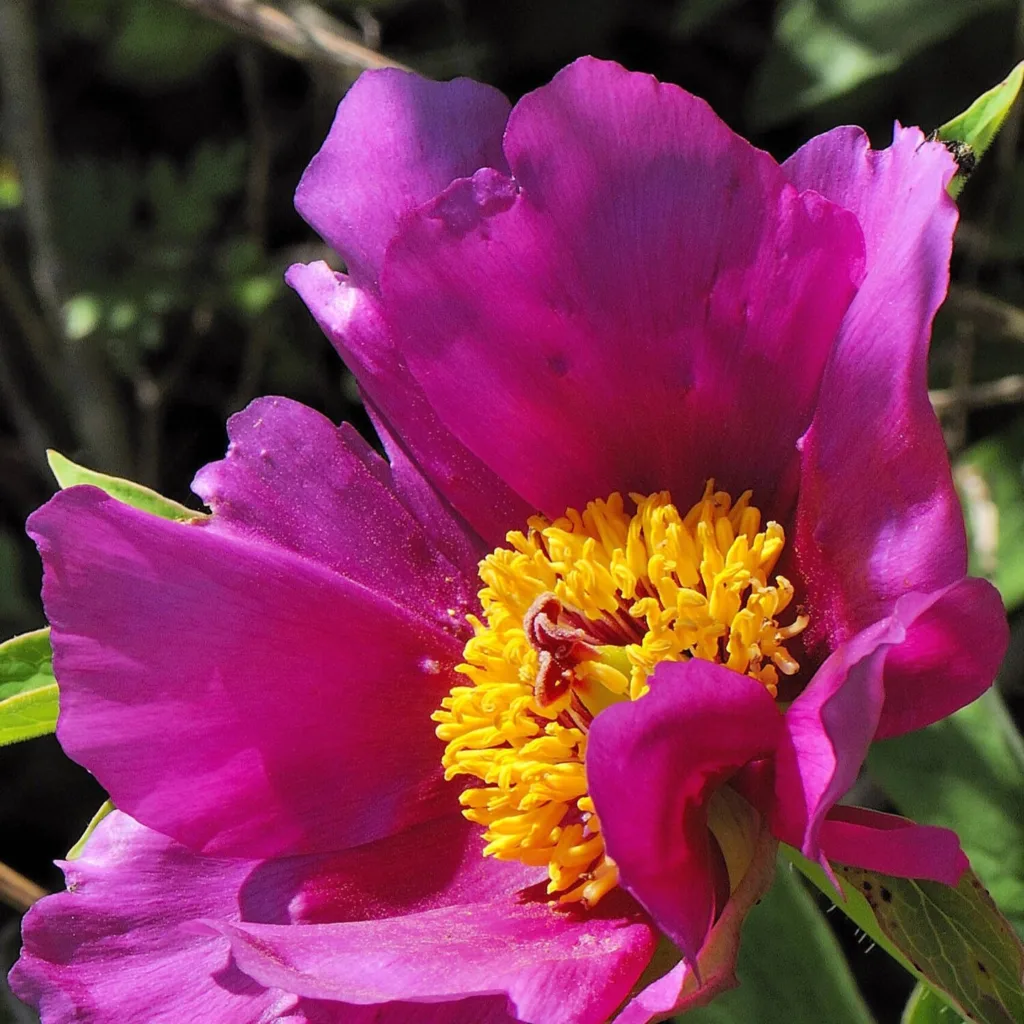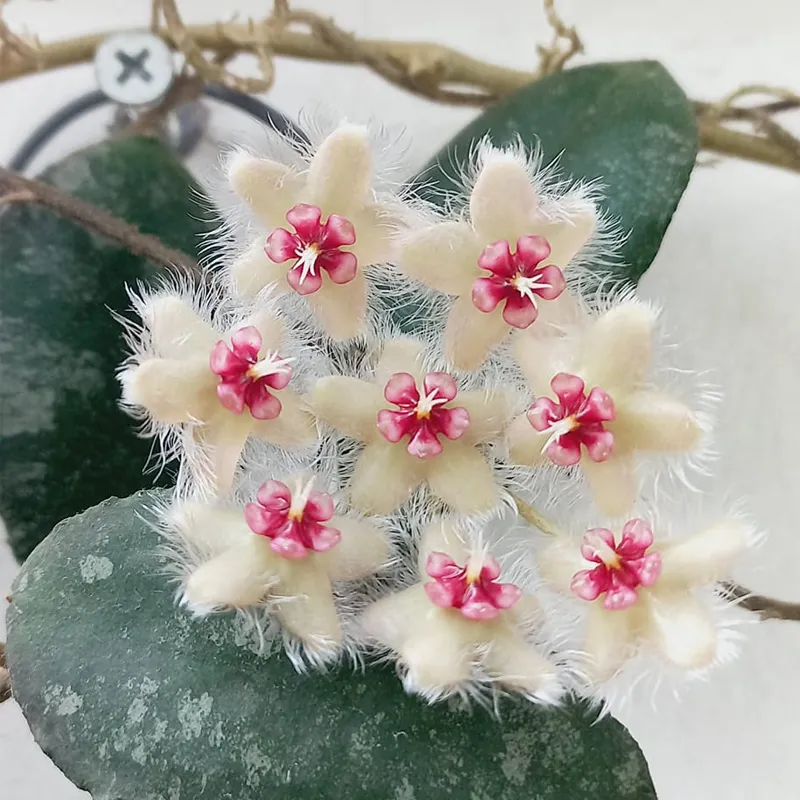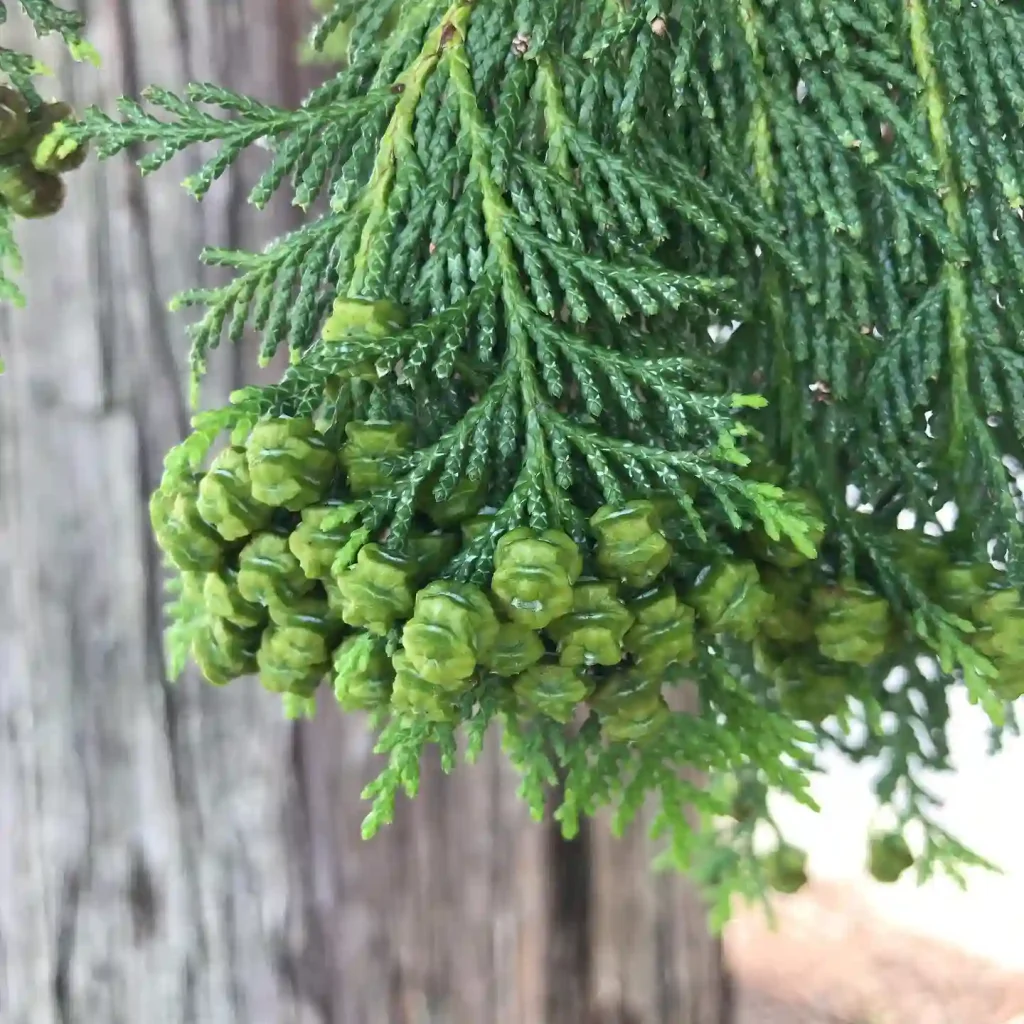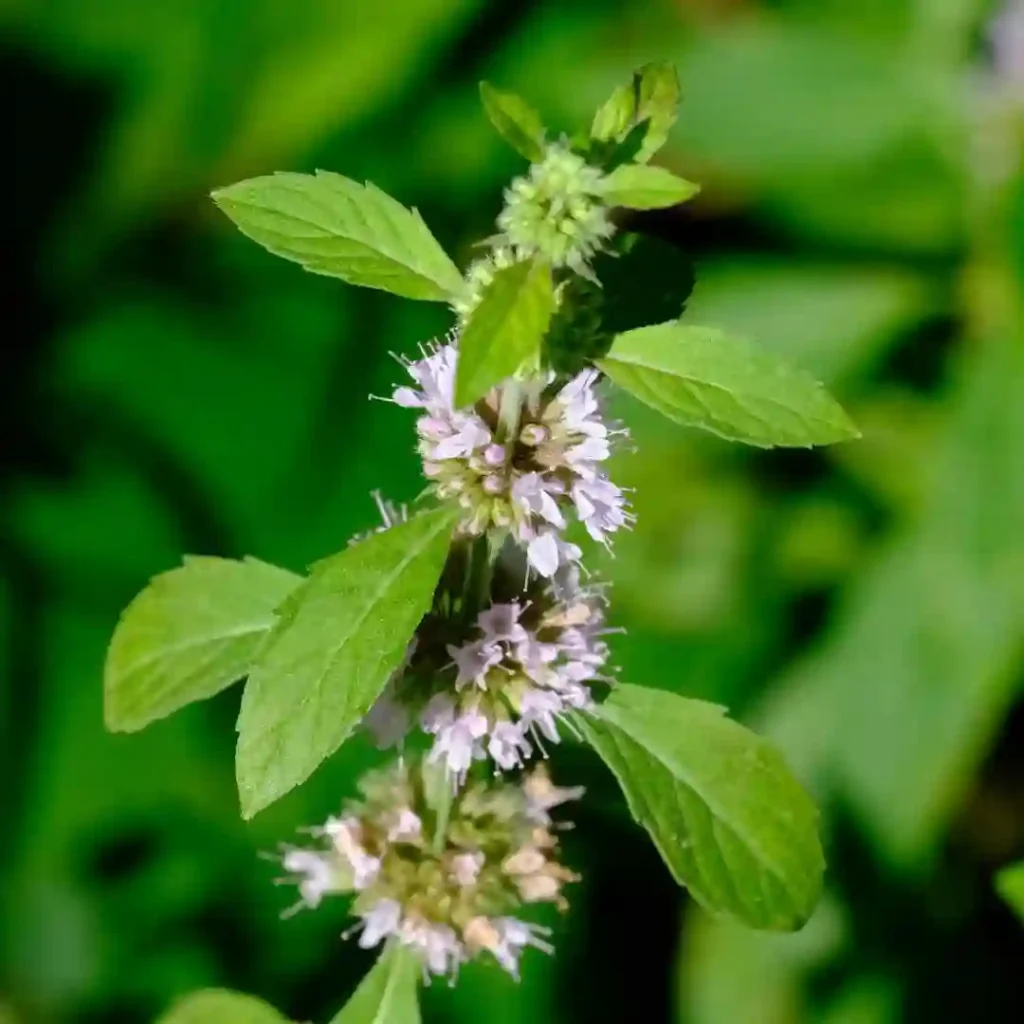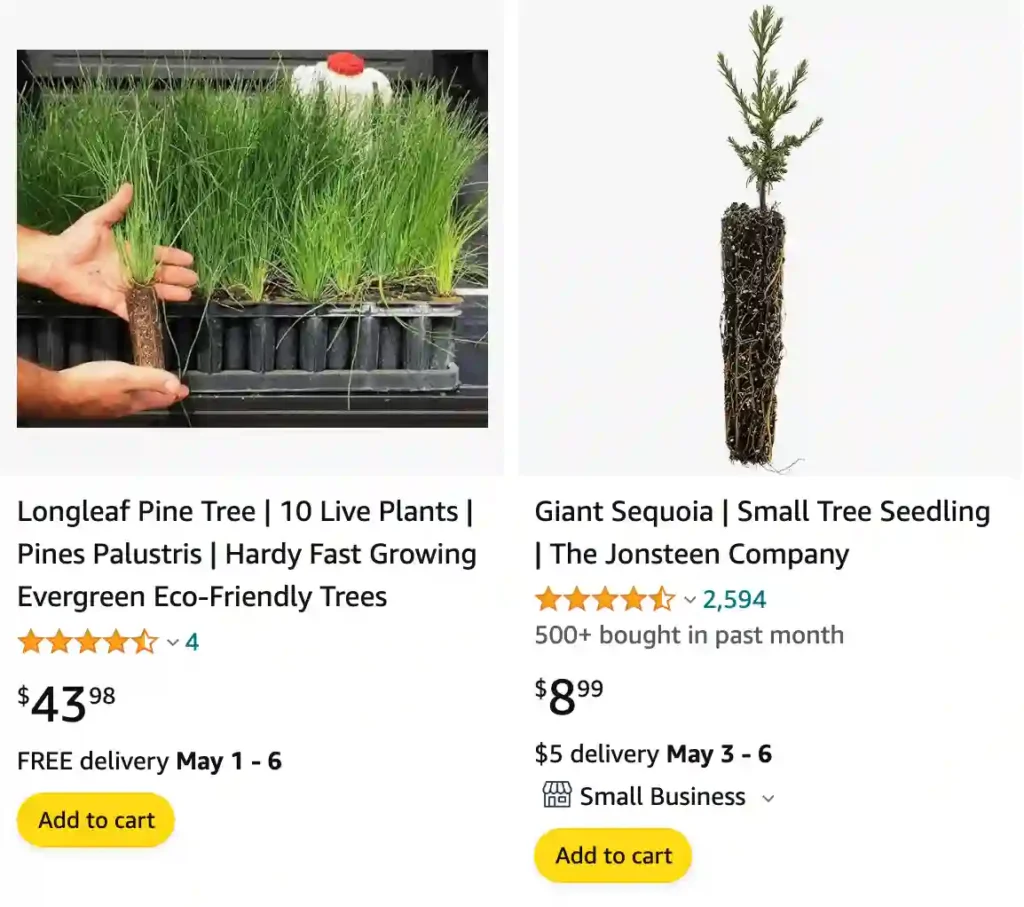
How to grow a pine tree from a pine cone?
Growing a pine tree from a pine cone has always been a fascination of mine. It’s amazing to think something so small could hold the potential for a majestic tree. I tried it first as a kid and unfortunately, those first attempts weren’t successful. However, I learned a lot from the process. I remember how exciting it was to find those perfectly shaped cones, carefully gather them, and wait for the seeds to appear. Despite the early failure with those seeds, I’m determined to try again with some more research under my belt. I’m excited about the possibility of nurturing one of these beautiful giants from such a humble beginning.
Are pine trees toxic to cats?
Sadly, yes, pine trees are considered toxic to cats. I learned this the hard way when my mischievous kitten, Luna, thought our Christmas tree was a new toy. I noticed she’d been chewing on the needles and then started acting sick with vomiting and lethargy. A quick call to the vet confirmed that the pine needles were the culprit. Thankfully, with supportive care, she recovered quickly. Since then, I’ve been really cautious about any sort of pine around her. It seems those natural instincts to nibble plants can be pretty dangerous for our furry friends!
How to trim a pine tree?
I’ve trimmed pine trees a few times and it’s definitely not like pruning other bushes or trees. Pine trees have a specific structure you want to respect for their health and appearance. I’ve found the key is focusing on thinning and shaping rather than cutting back large portions. One year, I got overzealous and ended up with a wonky-looking pine for a couple of seasons! I always aim to cut branches fully back to the trunk, avoiding stubs, and concentrate any major trimming during the dormant winter months. I love that fresh pine smell that lingers on my clothes afterwards – a nice bonus for the work.
How to kill a pine tree?
I’d rather not be the one to kill a pine tree. They provide such wonderful shade and habitat for all sorts of creatures. Plus, they’re beautiful trees! Maybe there’s another solution? Is the pine causing problems with your foundation or power lines? If it really needs to go, a professional arborist can remove it safely and recommend ways to replant the area. There are ways to control a pine’s growth too, if that’s the concern. Chopping down a healthy tree feels a bit drastic – let’s explore other options first!
What to plant under pine trees?
I love the challenge of planting under pine trees. It’s a shady, acidic environment thanks to those fallen needles, which creates a unique set of conditions for plants. My favorite successes have been with hostas – their big lush leaves stand out against that dark pine needle backdrop, making a really striking contrast. I’ve also had decent luck with ferns – especially the native varieties. Their delicate fronds add a softer touch. Recently, I started experimenting with some coral bells, hoping those colorful leaves might brighten things up even more. Planting under pines is always a fun experiment!
How to save a dying pine tree?
Unfortunately, I’ve had mixed results when trying to save dying pine trees. Sometimes, despite my best efforts, the damage was simply too severe. One time, our big, old pine was struck by lightning, and, although it didn’t split completely, it slowly declined over a few years. Yet, another time, I noticed my pine turning brown from the bottom up, and I thought it was a goner! It turned out to be a root issue. Careful drainage improvements and specialized fertilizer seemed to do the trick. Saving a dying tree takes patience and observation, and honestly, a little bit of luck.
Why are my pine trees turning brown?
There are a few reasons why my pine trees might be turning brown, and it’s always a worry. It could be something simple like underwatering during a dry spell, or it could be a sign of something more serious like a disease. I remember last summer, we had a heat wave and barely any rain, and my pines started browning at the tips. Thankfully, with some deep watering, they seemed to bounce back. But other times, the browning seems patchy or starts from the inside of the tree, and that’s when I get nervous. Maybe it’s time to call a professional to diagnose the problem before it gets worse.
Do deer eat pine trees?
I’ve certainly seen deer nibbling on pine trees, especially during lean winter months when their usual food sources are scarce. Young pines and saplings seem to be the most vulnerable, as deer can easily reach those tender branches. Luckily, the mature, tall pines around my property mostly seem to be left alone unless things get really desperate. I’ve even seen deer gnawing on the bark during those tough times. It’s a reminder of just how resourceful wildlife can be when survival is at stake.
Do pine trees have deep roots?
The depth of pine tree roots depends on the species and the soil they’re growing in. Most types of pines do have a strong taproot that goes deep to anchor the tree. I’ve seen uprooted pines after storms, and those taproots are surprisingly long! However, pines also have a widespread network of shallow roots that help absorb water and nutrients. I’ve even tripped over them while walking around the base of the trees. This combo of deep and shallow roots makes sense – it helps the trees withstand both droughts and strong winds!
What do pine trees symbolize?
For me, pine trees symbolize resilience and longevity. They stay green all year round, even in the harshest winters, which reminds me of enduring strength. And they can live for hundreds, sometimes even thousands of years! They feel like ancient guardians of the forest. I also think of pine trees as symbols of peace. There’s something about their soft needles and gentle scent that evokes a sense of tranquility for me, especially when I’m walking through a quiet pine forest.
Is pine tree good firewood?
Whether pine is good firewood is a bit of a debate. It definitely burns, and that crackling of the resin can be super cozy! Especially with that nostalgic pine scent. However, I’ve found pine burns hot and fast, so I need to feed the fire more often. Plus, it can create a lot of creosote buildup in the chimney, which is a safety risk. I usually use pine for starting fires or for outdoor bonfires where creosote isn’t a worry. But for the main heat source, I prefer denser hardwoods that burn longer and cleaner.
If i die, water my plants!
